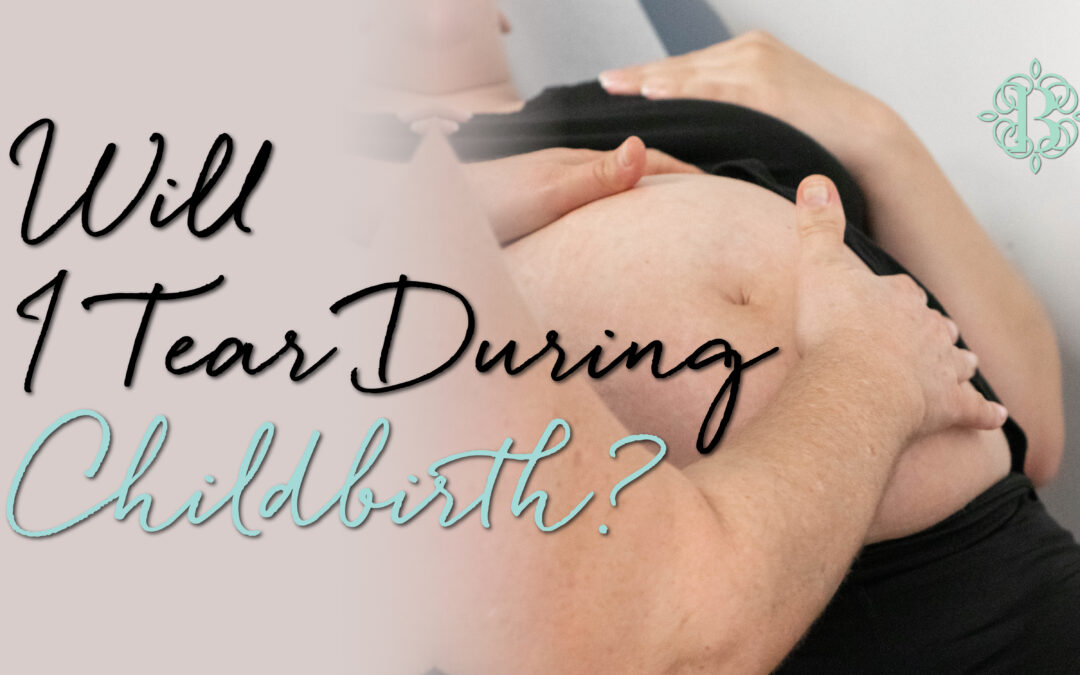Will I Tear During Childbirth?
Going through labor and birth is a true accomplishment and can be intimidating, especially for first-time mothers. One of the fears surrounding labor is about vaginal tearing. While these fears are valid, there are some things you need to know about tearing during childbirth.
Perineal tearing during labor is less common than some might think. Typically, less than 1% of people experience a severe tear occuring in the skin and muscles of the perineum.
Naturally, the vaginal skin thins out during pregnancy to allow stretching so the baby comes outs with ease. However, 9 out of 10 mothers can experience some tearing, especially if it’s their first time giving birth.
How can I prevent tearing during childbirth?
While first-time mothers are prone to tearing, here are some ways you can prevent it:
- Only push with adequate force when you feel a contraction. Avoid pushing aimlessly since it can cause your perineum to stretch for a longer time, making you prone to tearing
- Have a partner or doula provide hot compresses to the perineal area. It can help the skin and muscles relax, decreasing the risk of tearing
- Gentle perineal massage during the second stage of labor can also help relax the area
- Try to sit upright during labor instead of lying flat. It helps position your baby through the birth canal more effectively
Sometimes your care provider may give you a little tear with surgical scissors to decrease the chances of a more severe tear. This is called an episiotomy. However, this is not a common practice in birth centers.
What determines if you tear during childbirth?
The severity of the tear depends on factors like the healthcare provider’s expertise, the position of the baby and mother, and the labor progress.
Some factors that make you more prone to tearing include:
- It’s your first natural birth
- Your baby is positioned face-up
- Large, healthy baby
- Prolonged labor
Can you feel yourself tear during birth?
It varies for every mother. If you have had painkillers, you might not feel yourself tearing until after you have given birth. Sometimes, the pain of the tear is masked by labor pain, so you might not notice it as much.
However, if the tear is more severe, you might feel it.
Can the tear be repaired at the birth center?
The management of a tear depends on the severity. First-degree tears are usually managed conservatively without the need for stitches.
Second or third-degree tears need stitches, which your midwife can repair after your delivery. For more severe tears, we might refer you to a hospital with operative room settings after the initial management. These tears need intricate repair that require special tools which aren’t available at the birth center.
Usually, the stitches are self-dissolving and take up to 6 weeks to heal.

